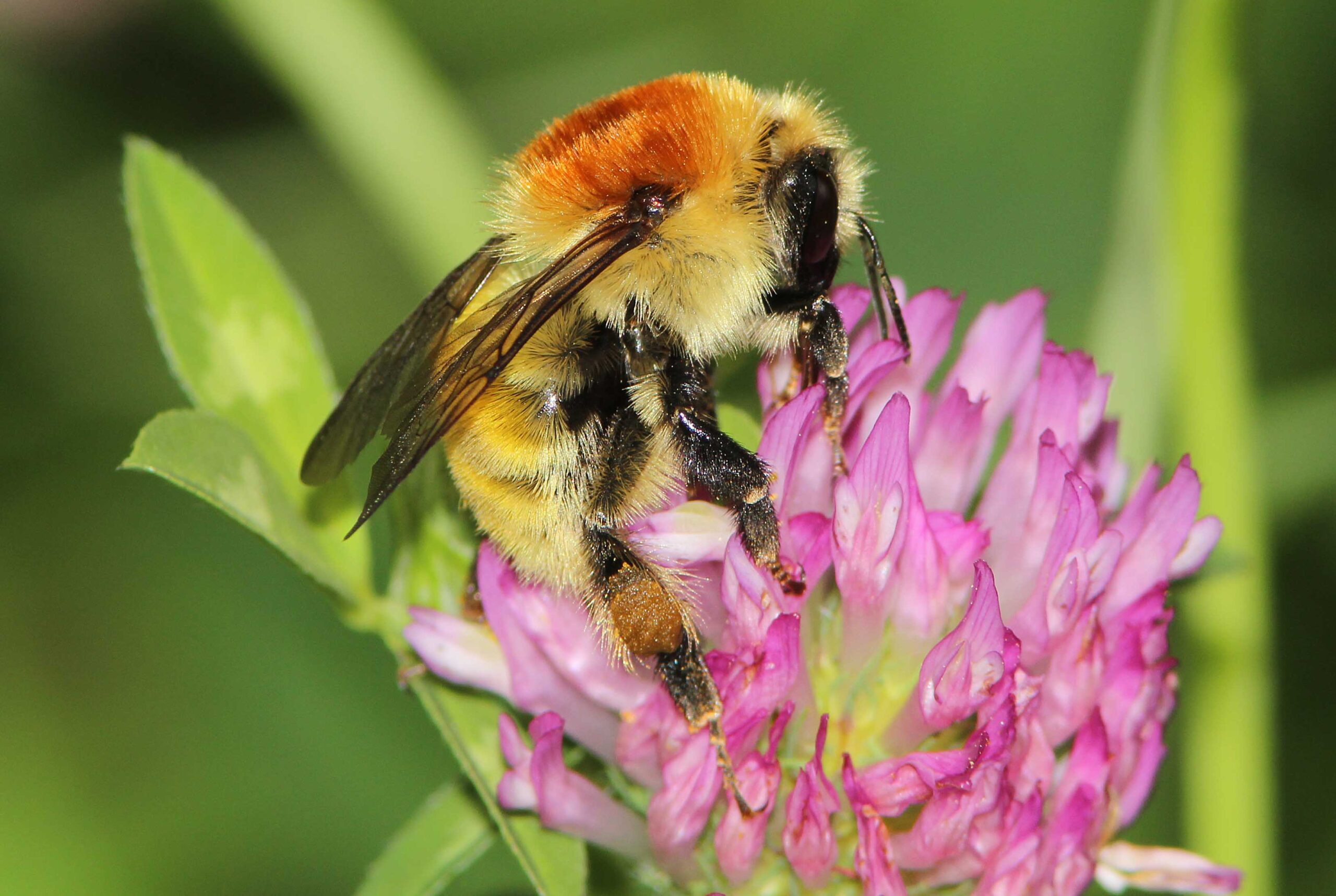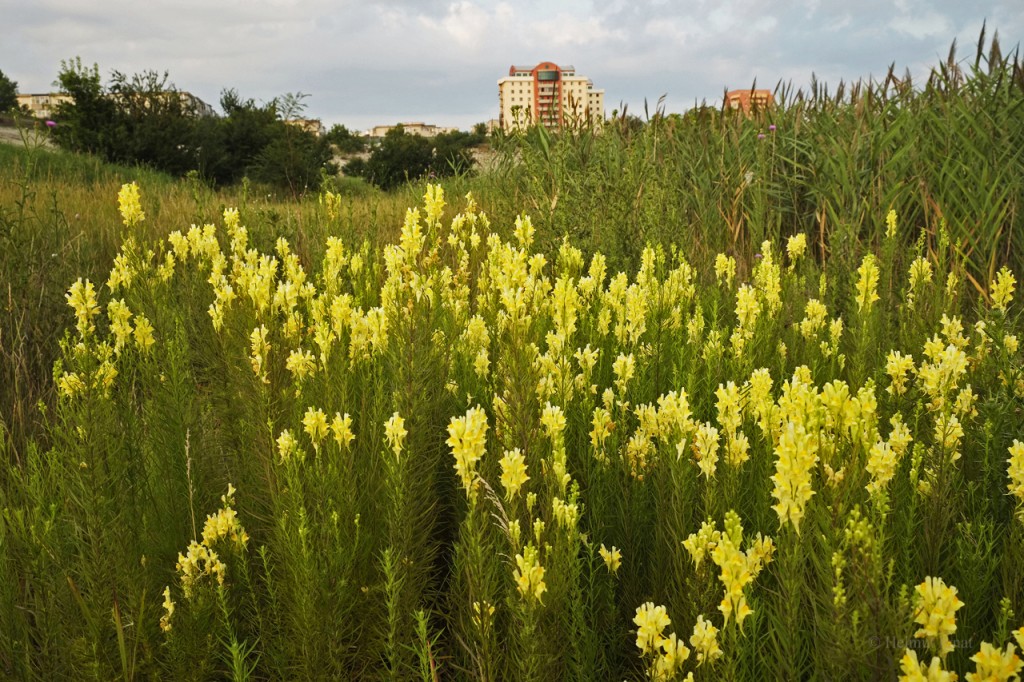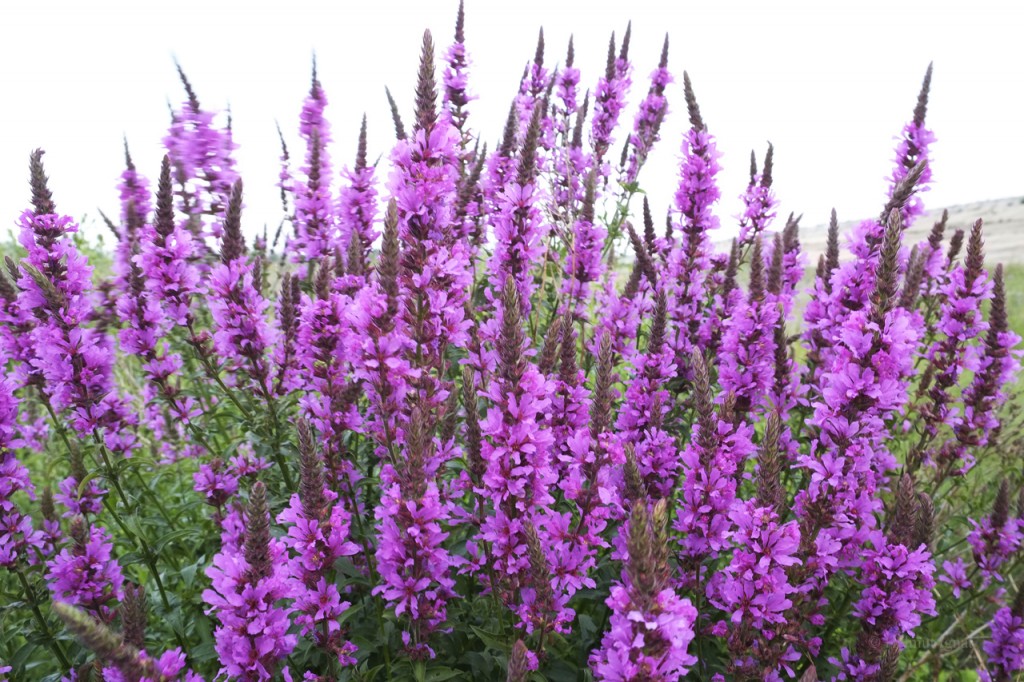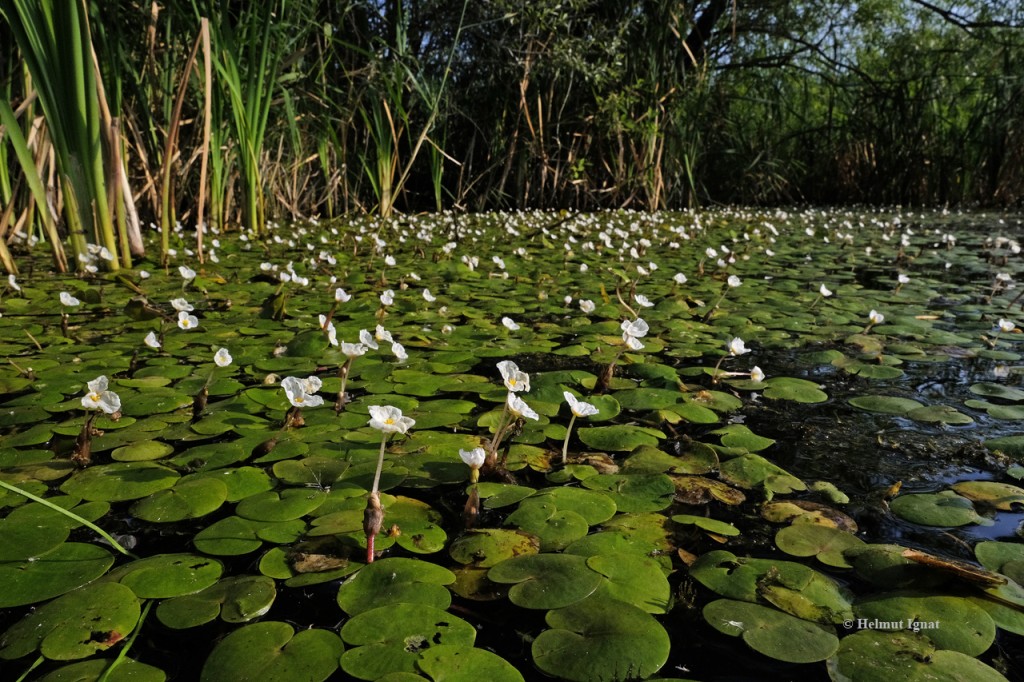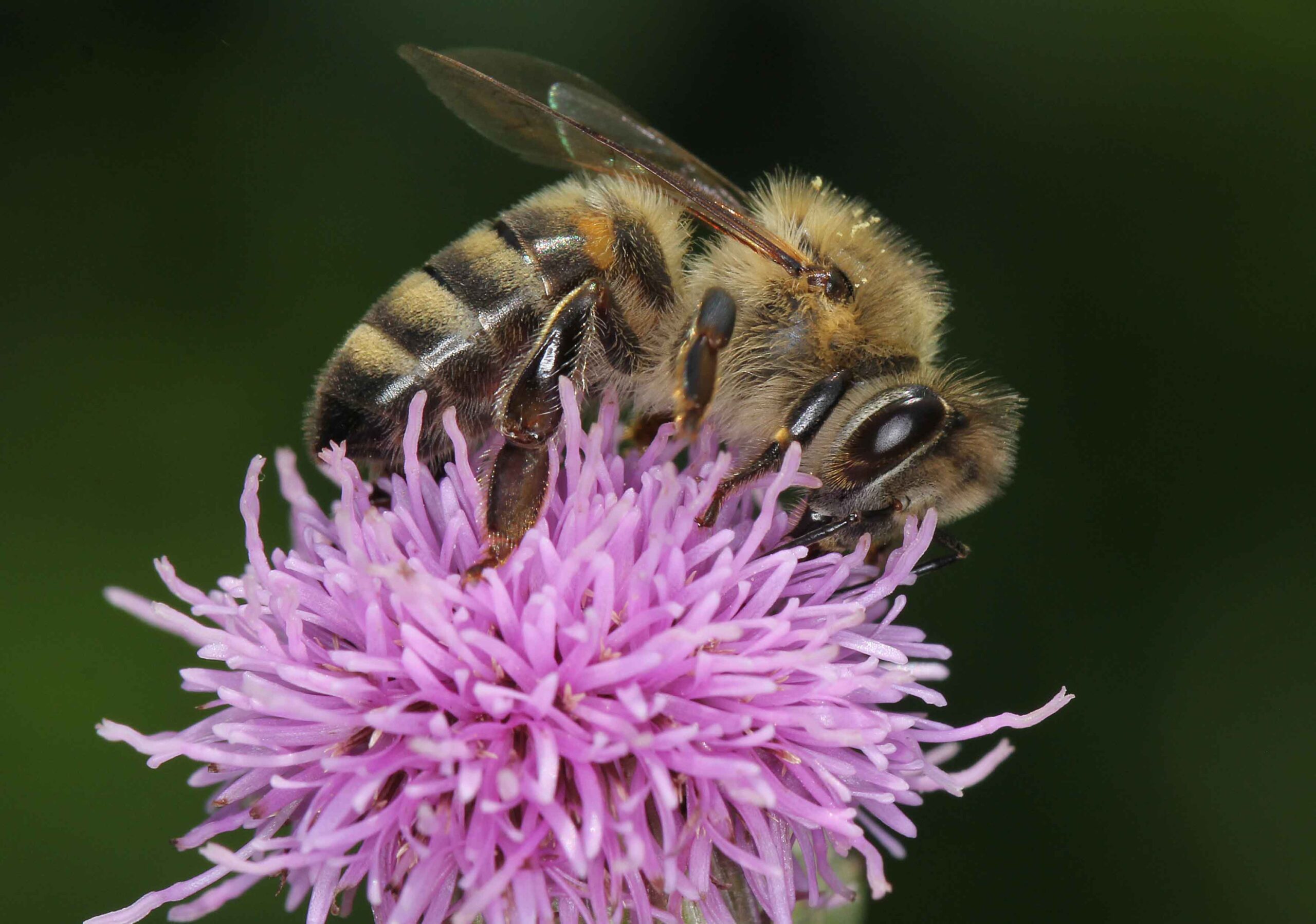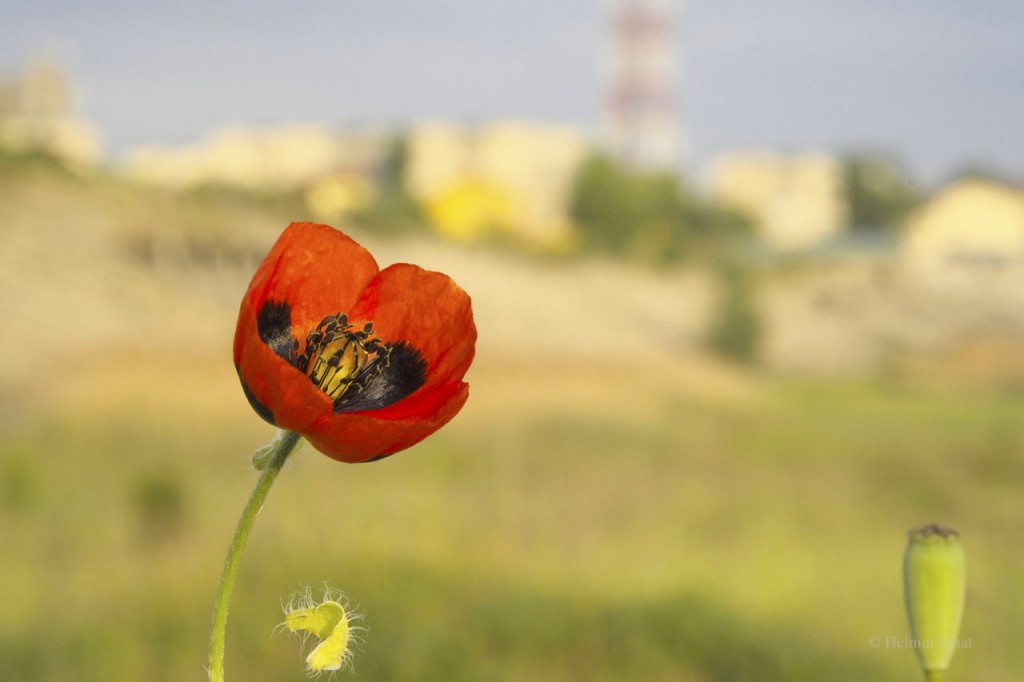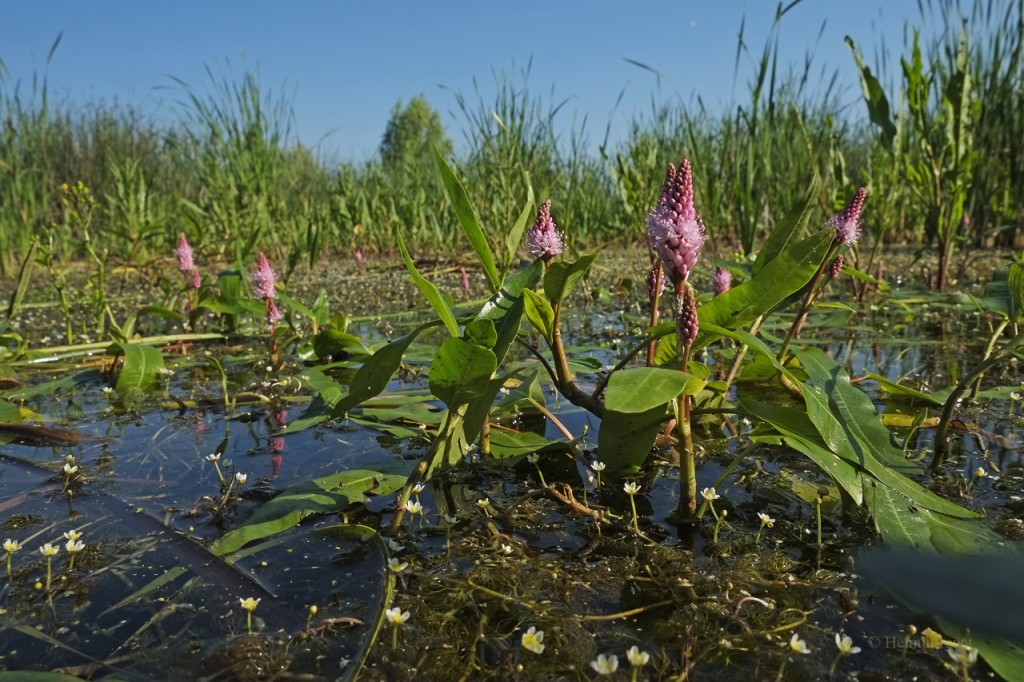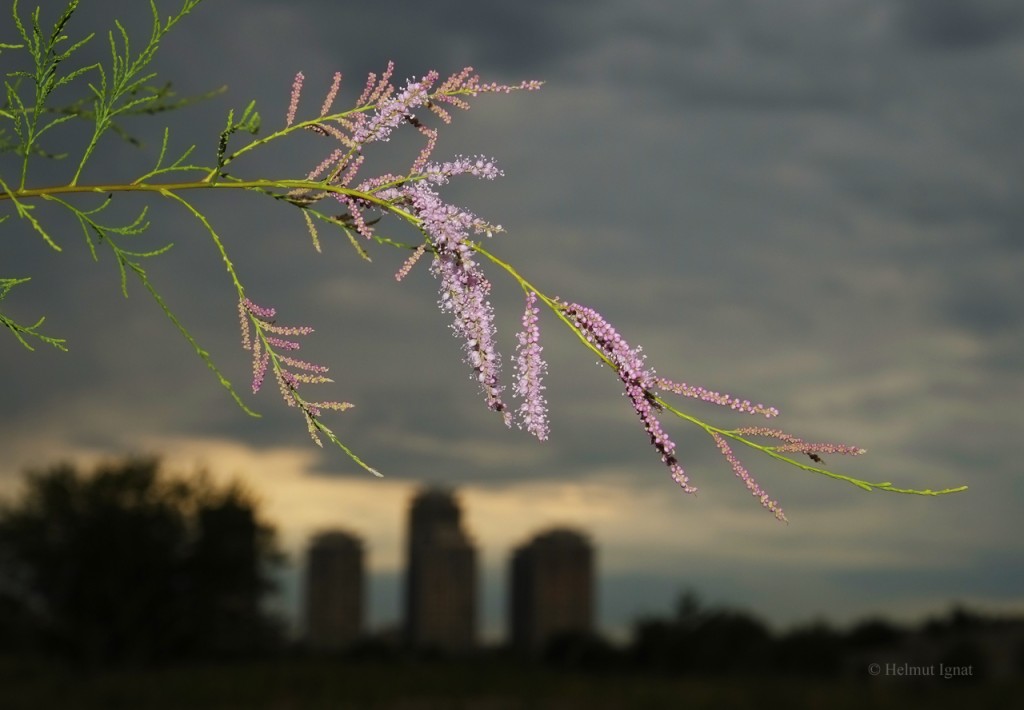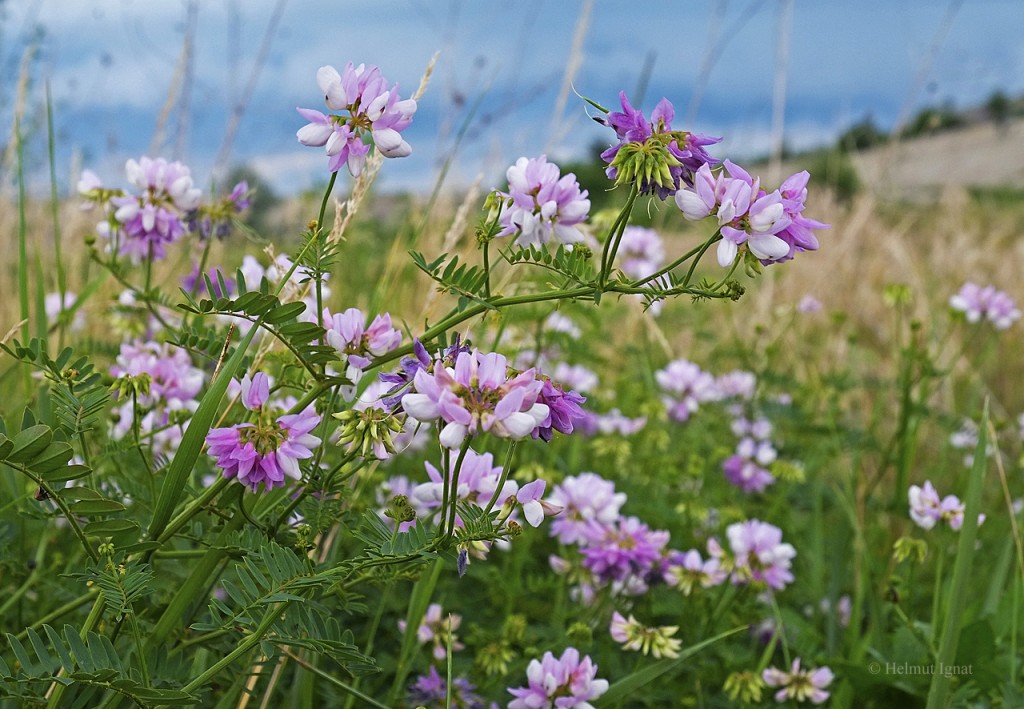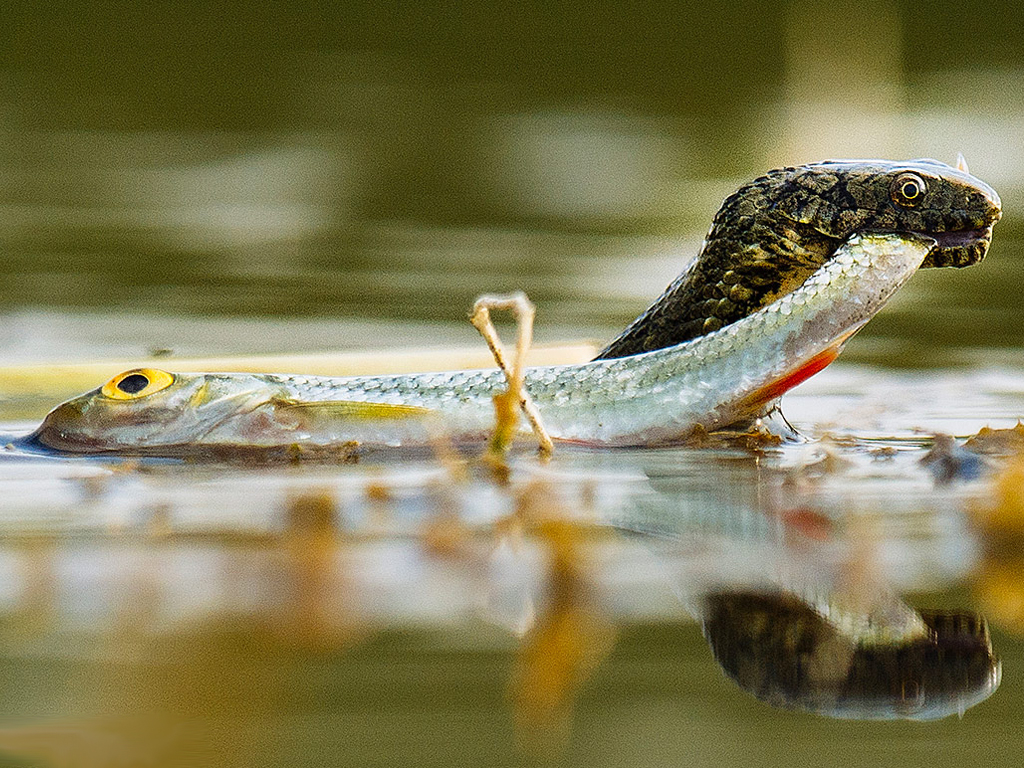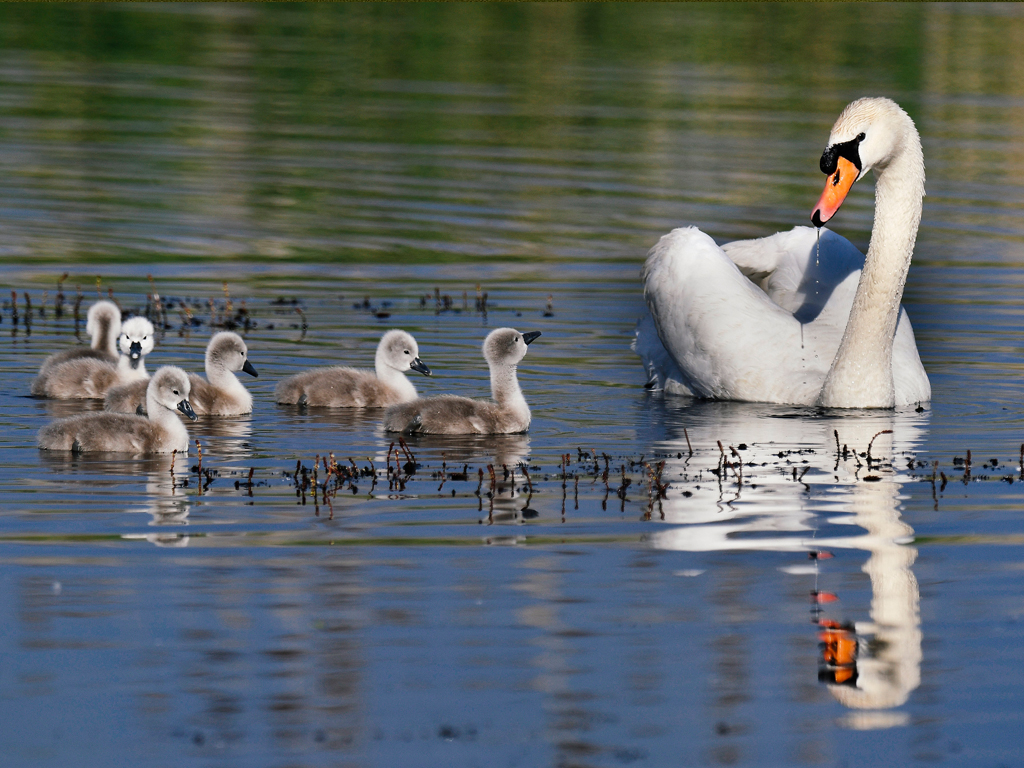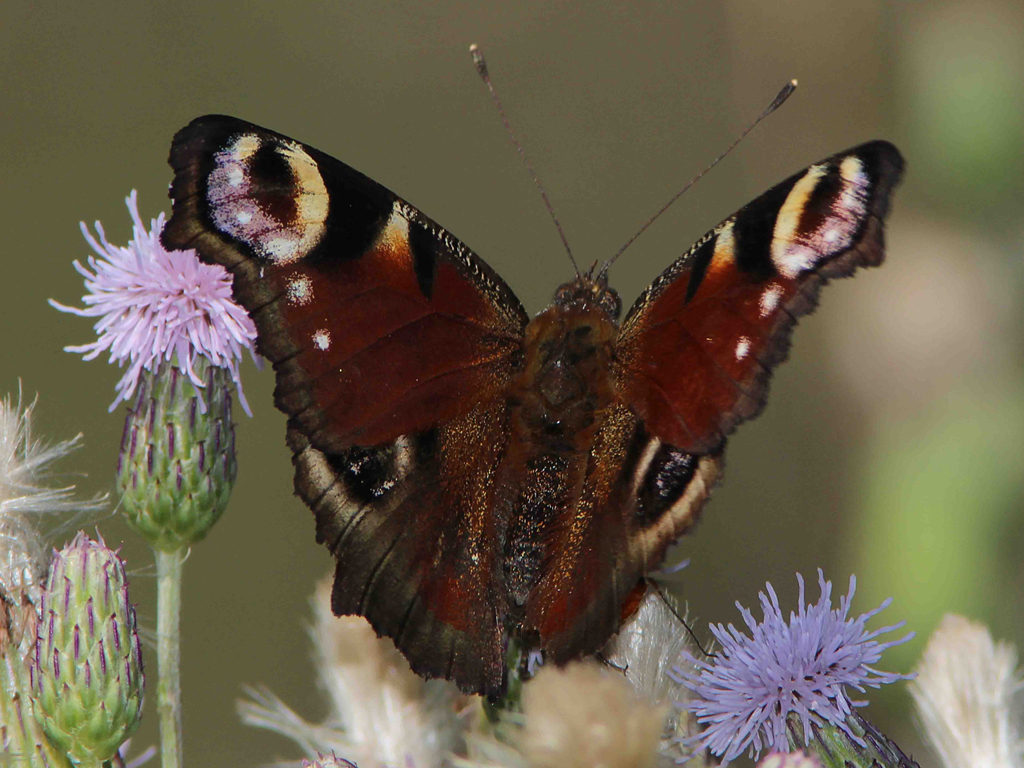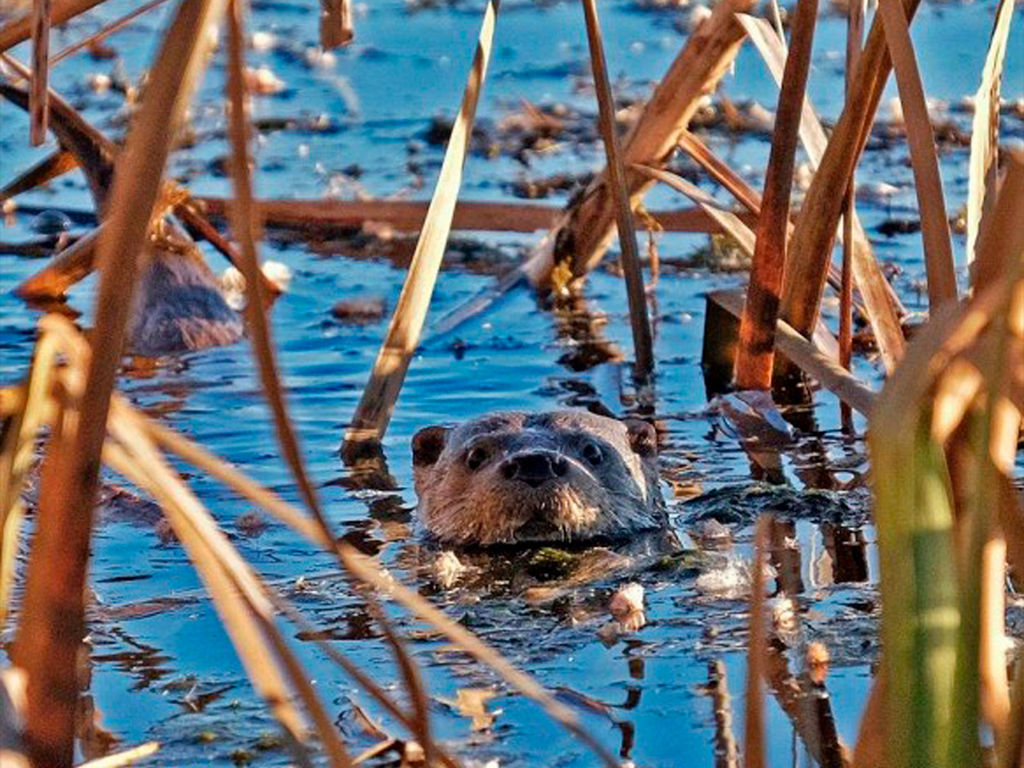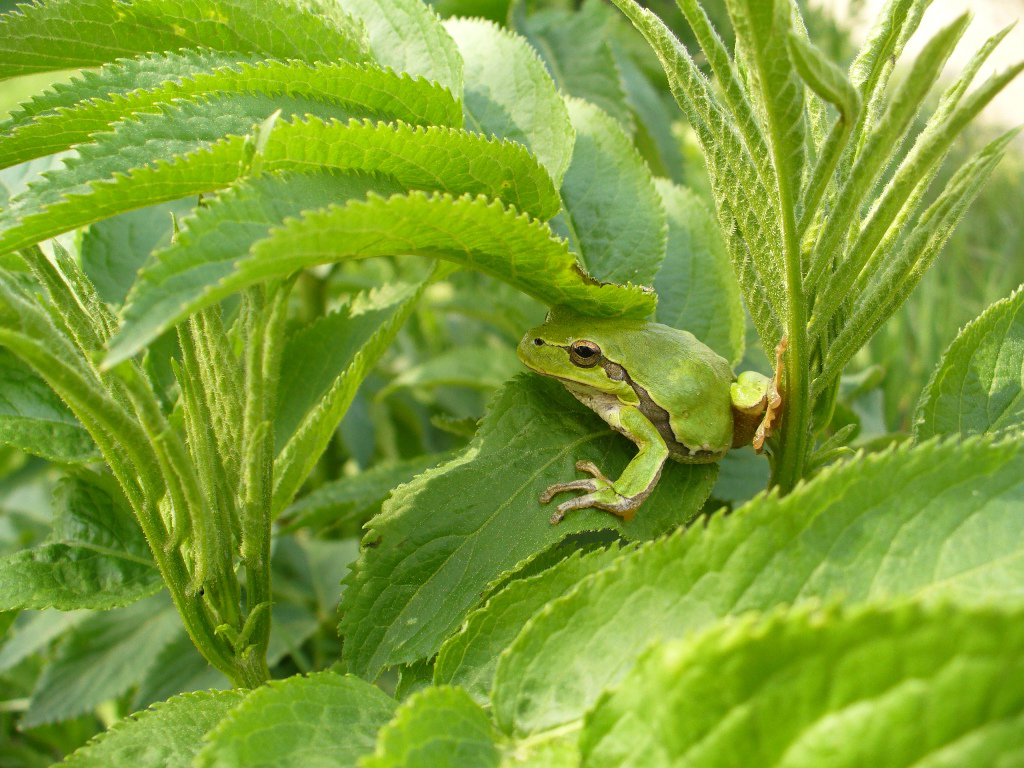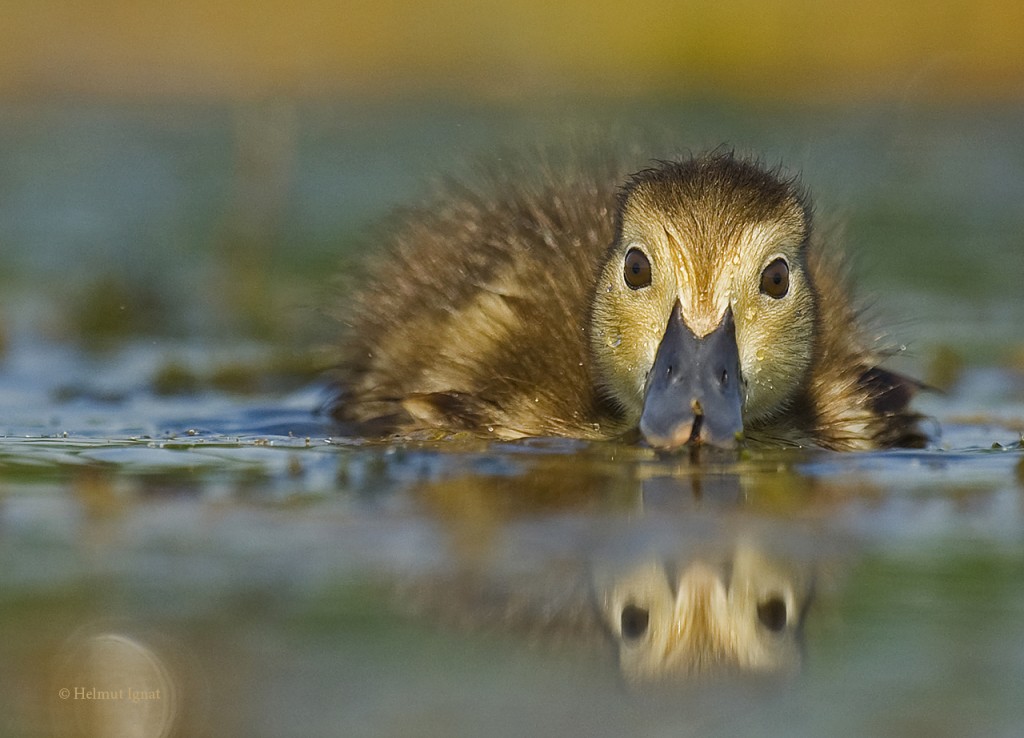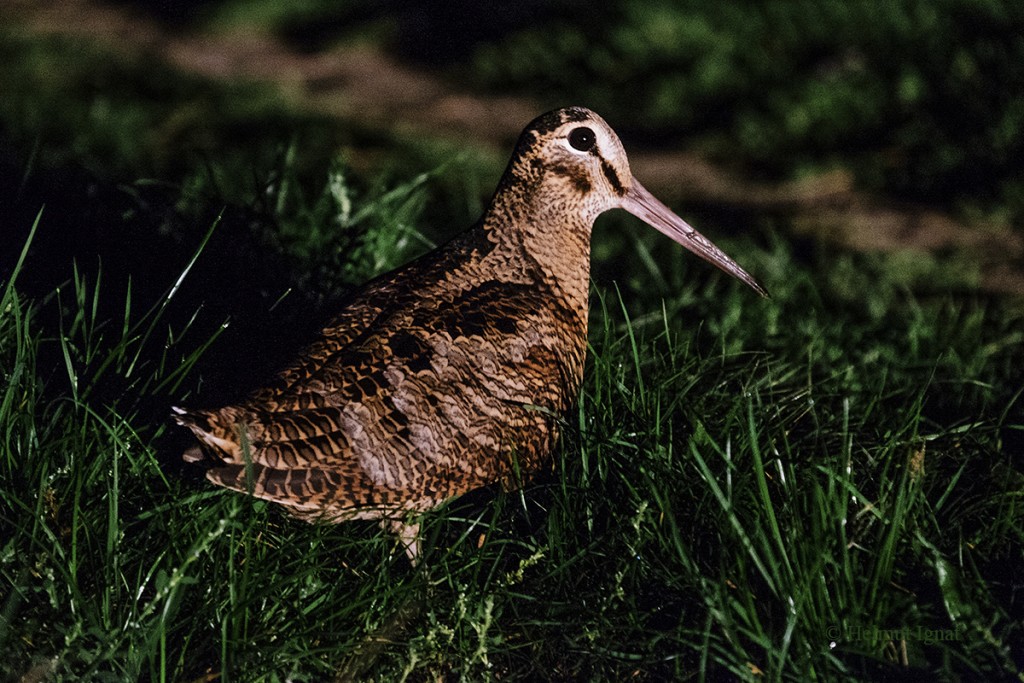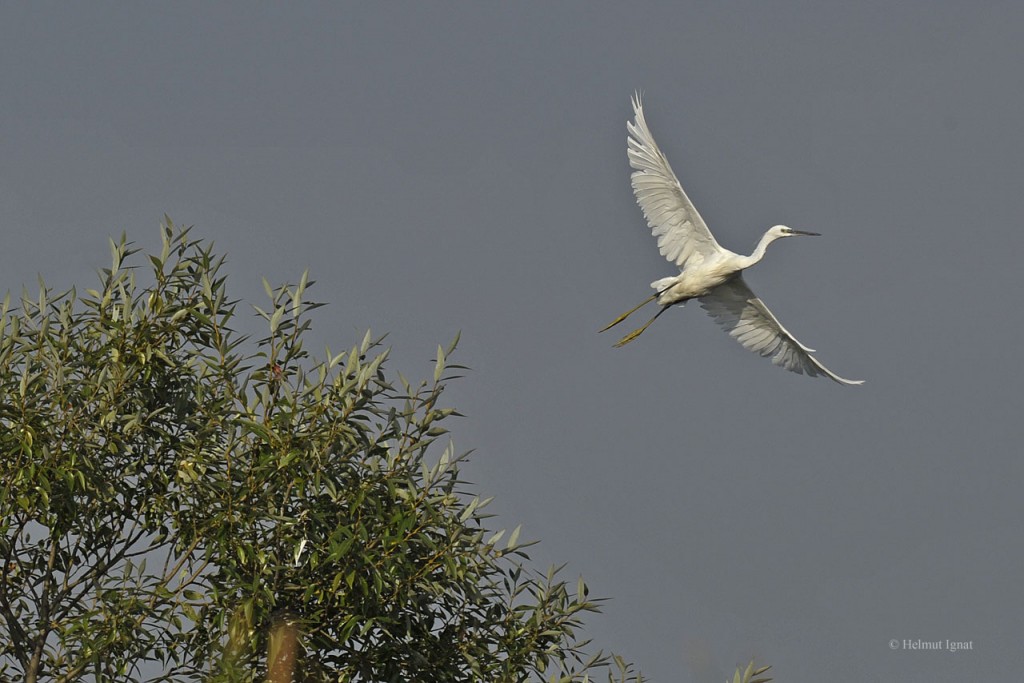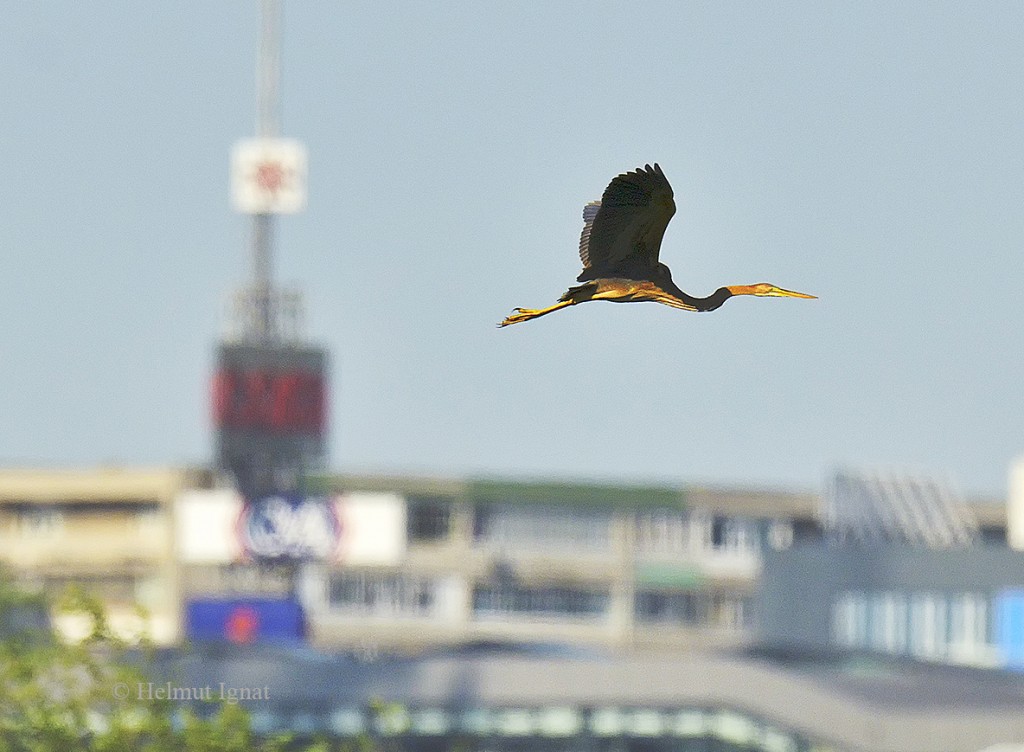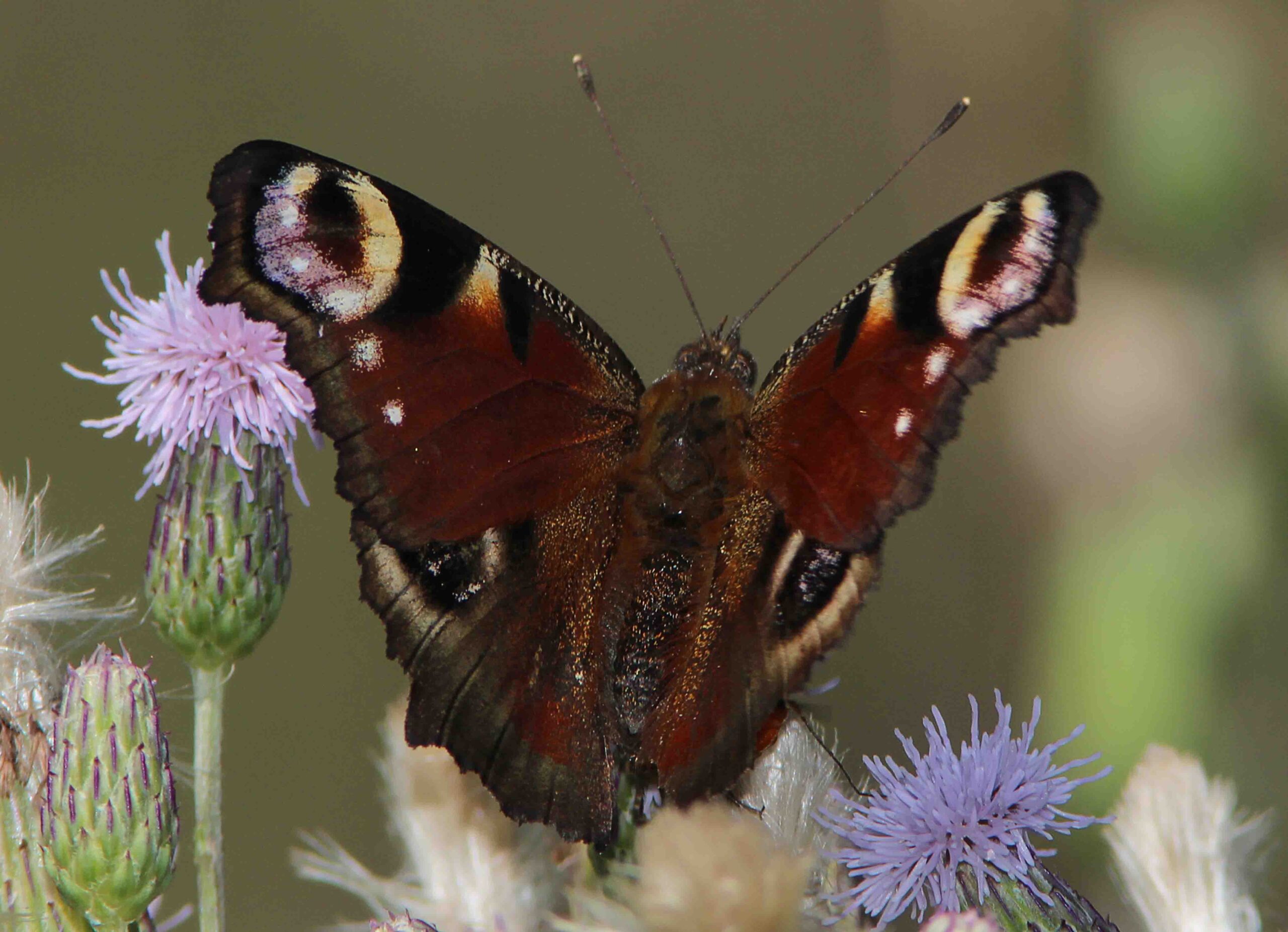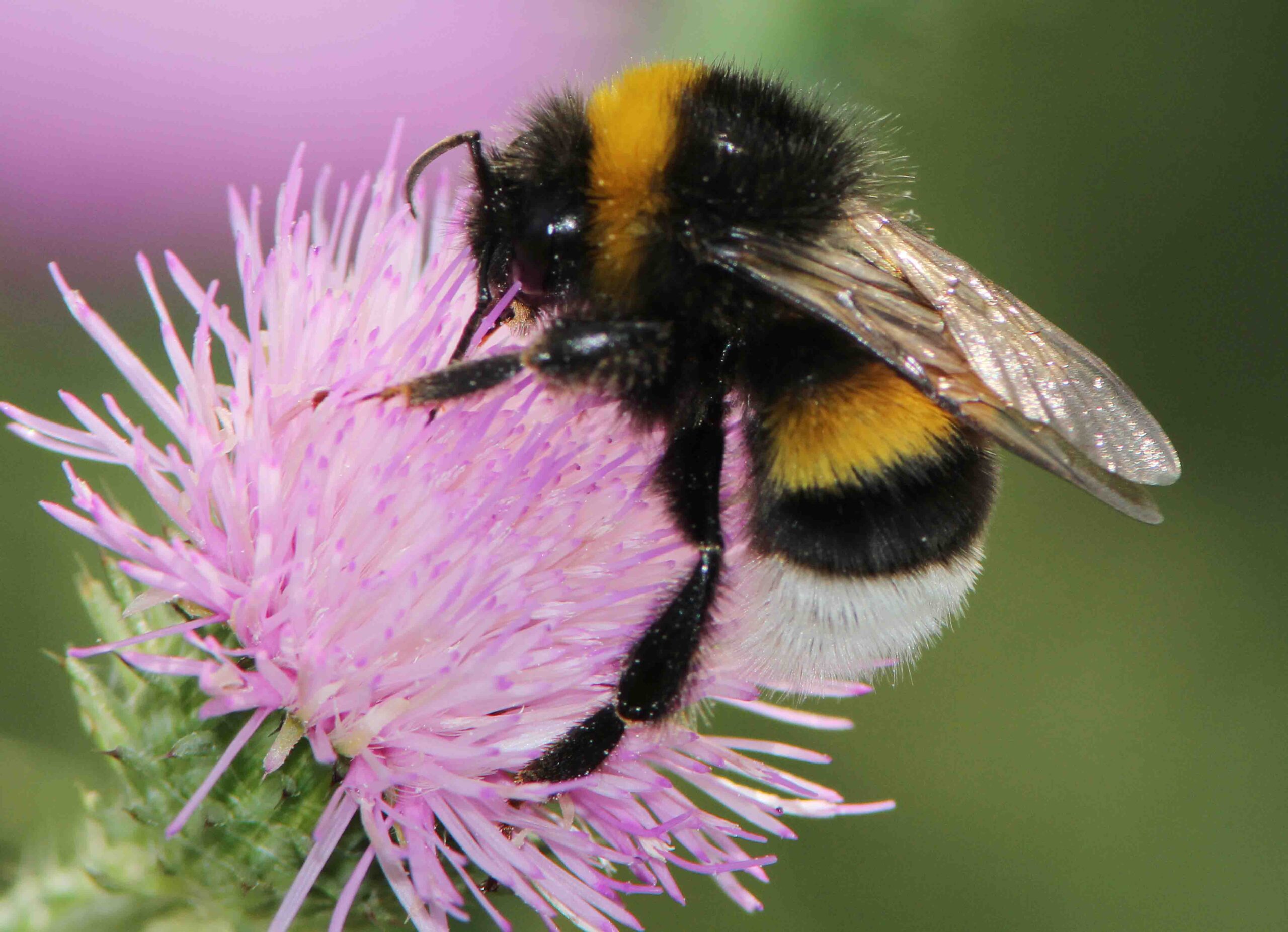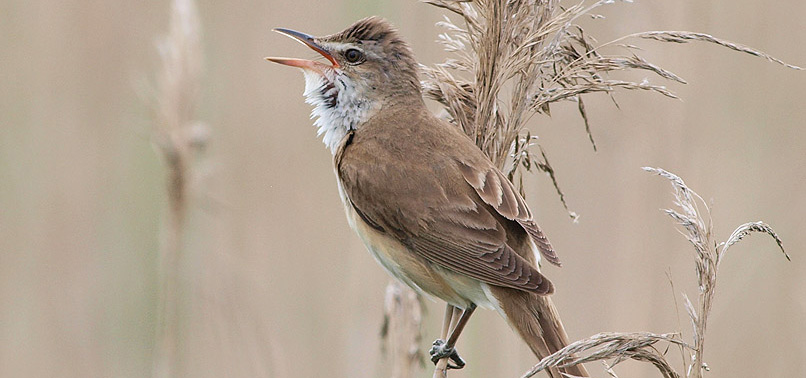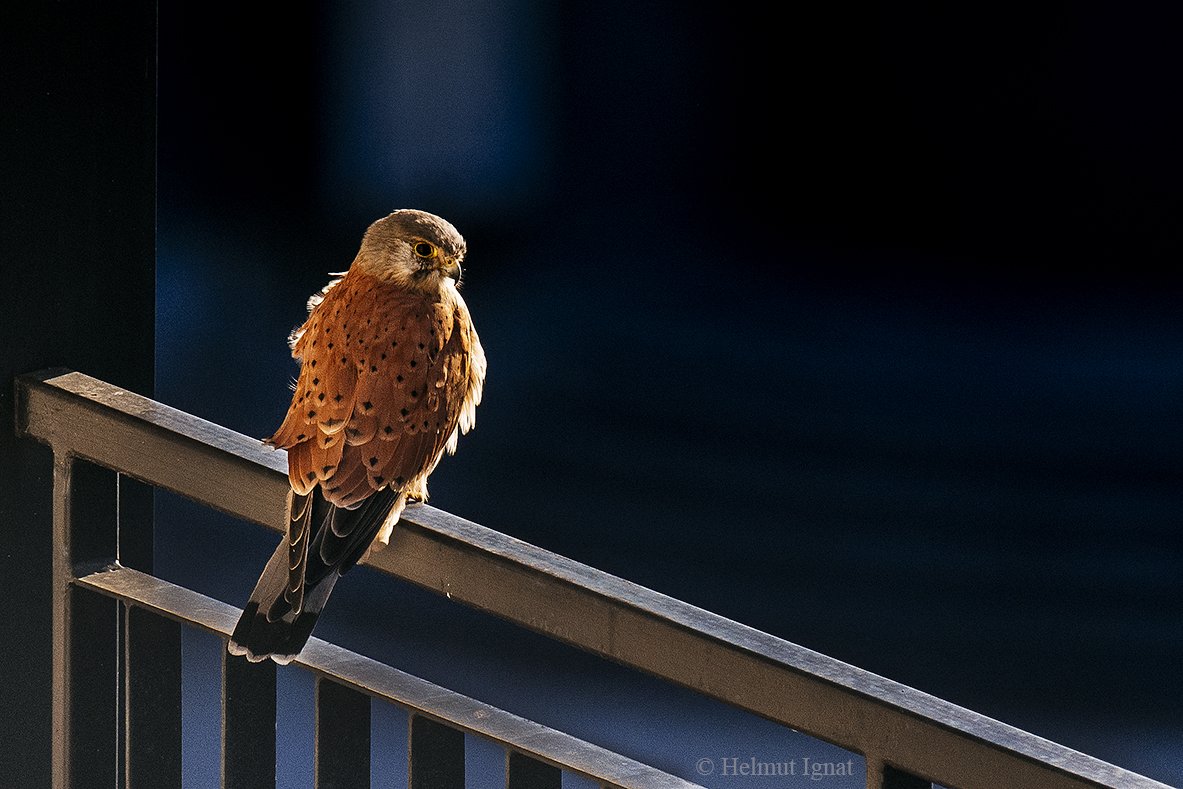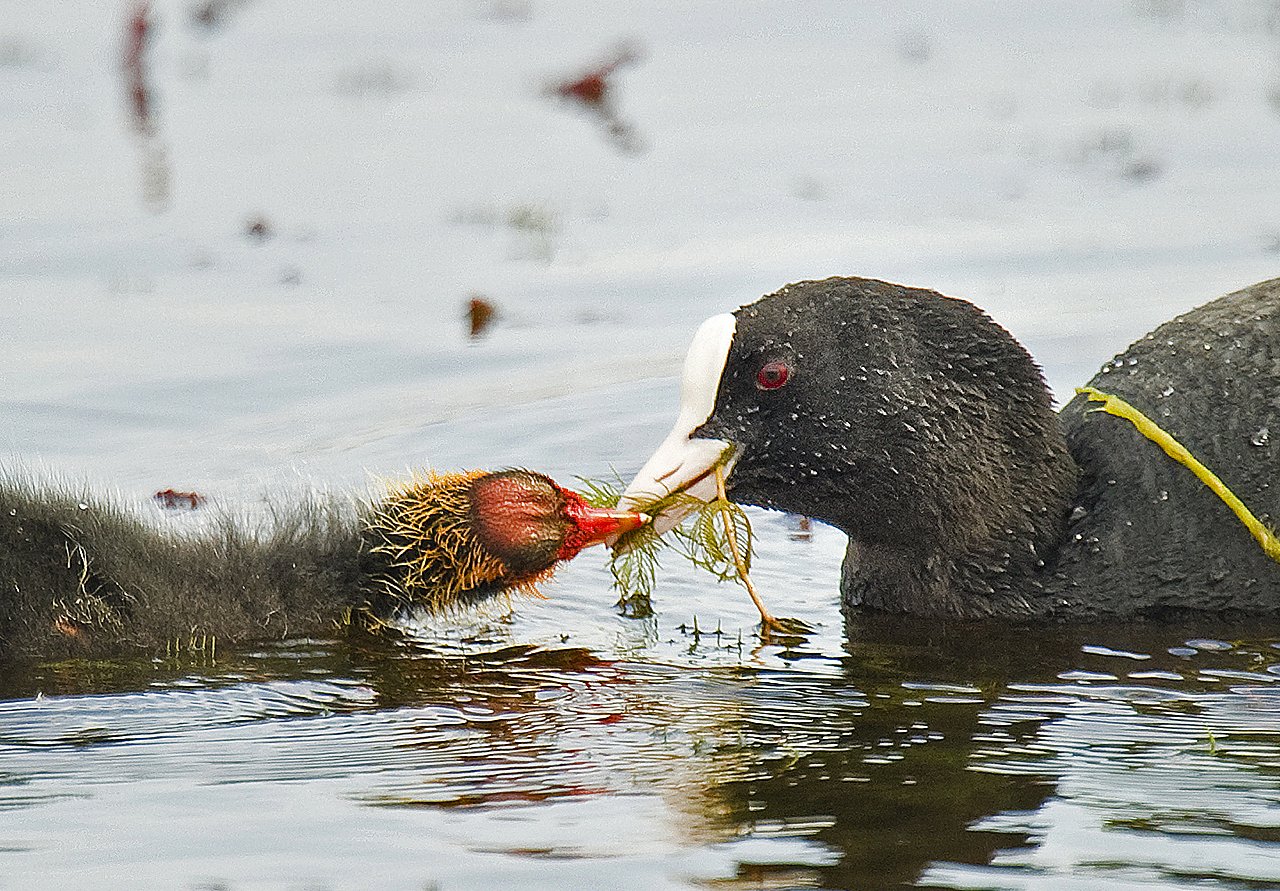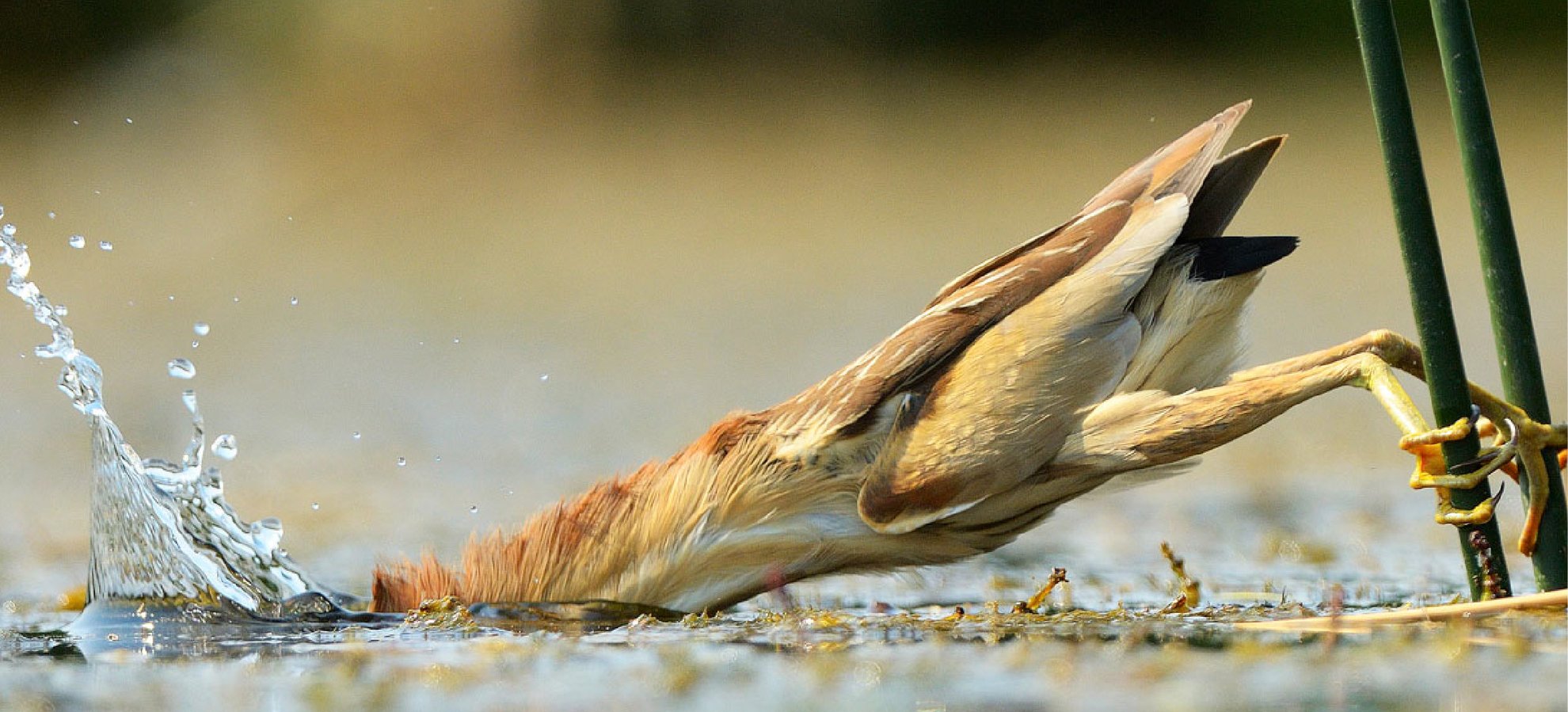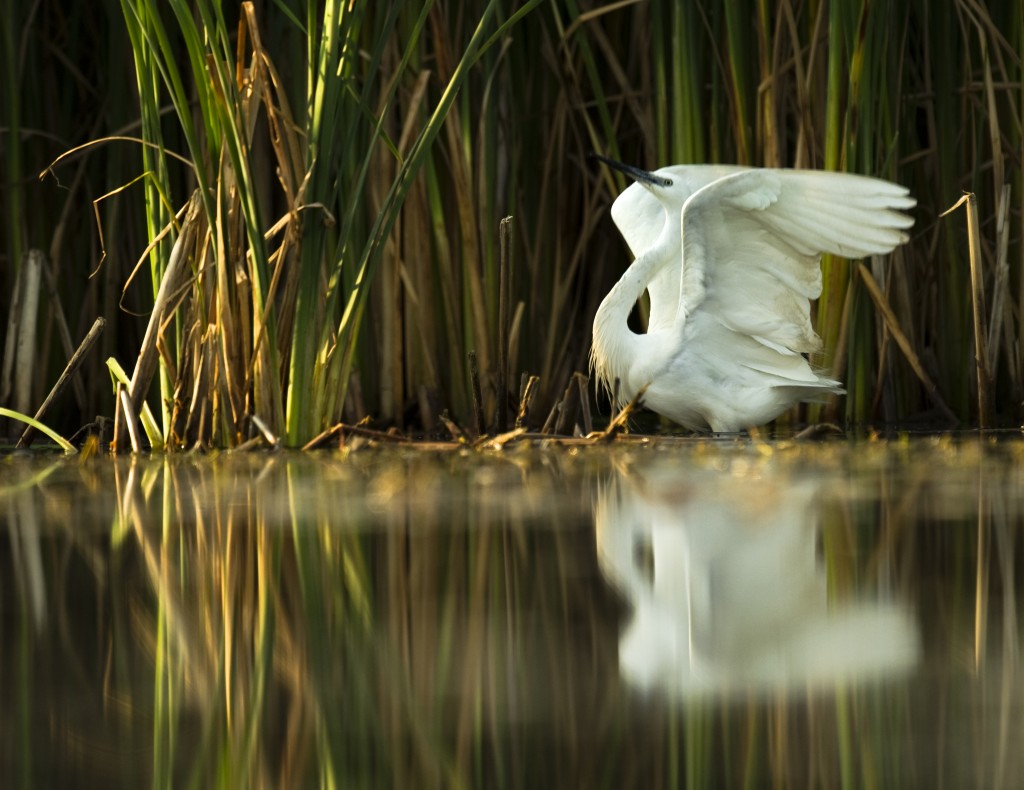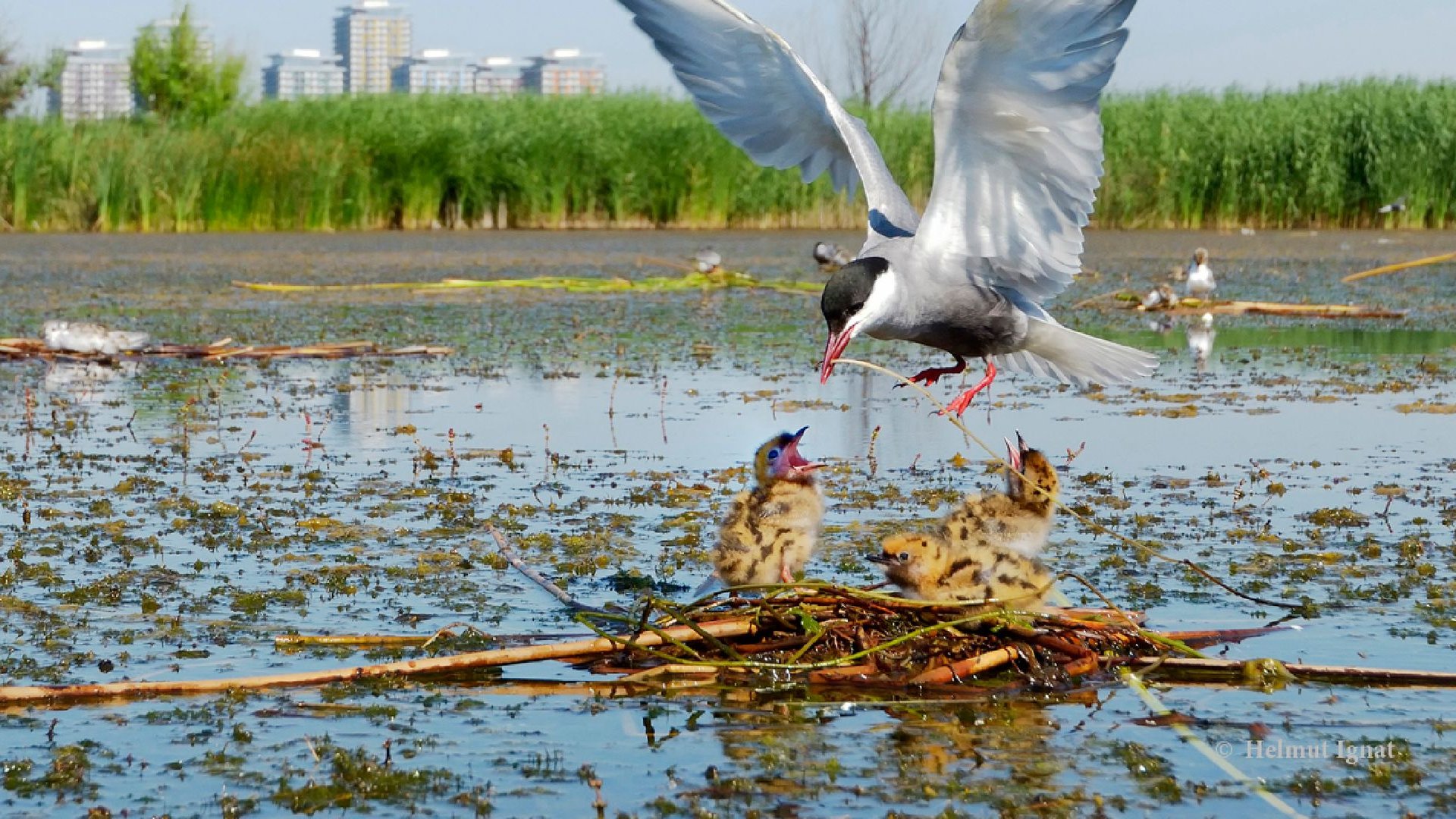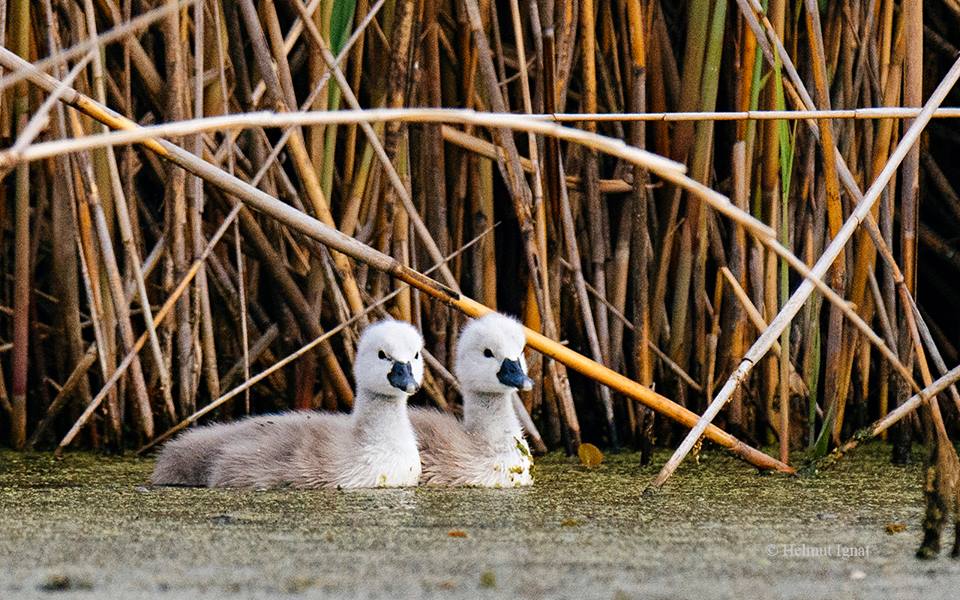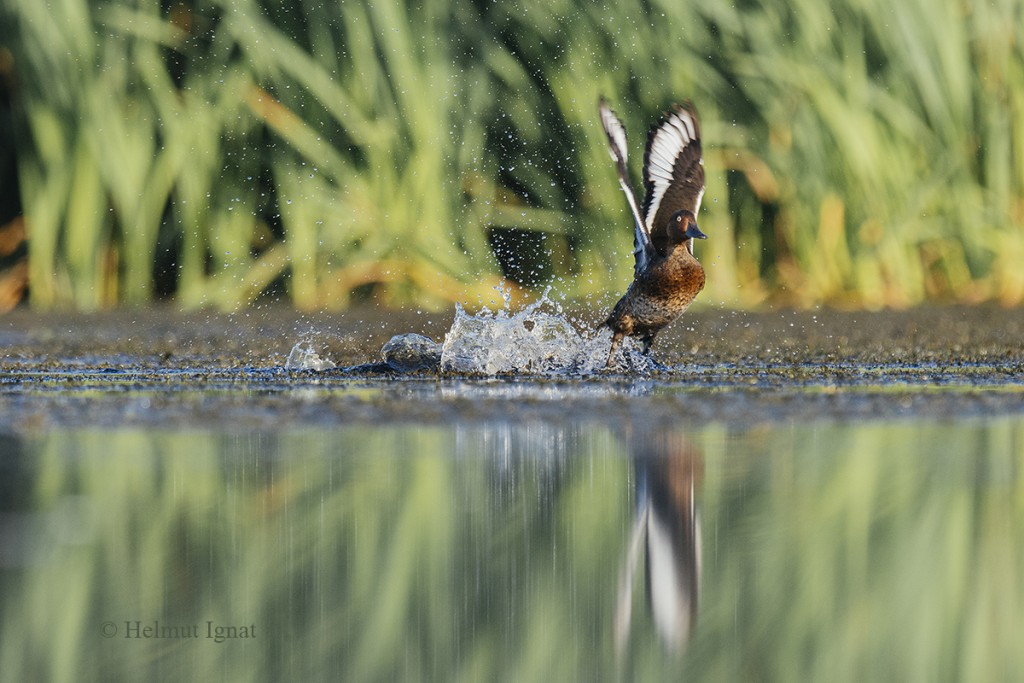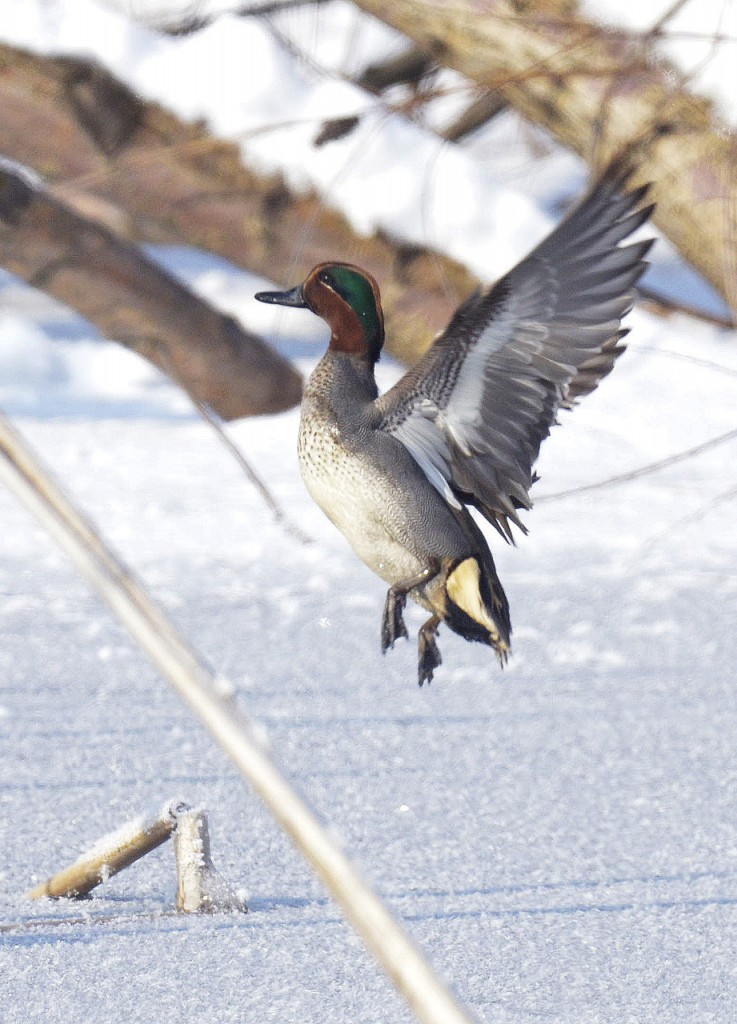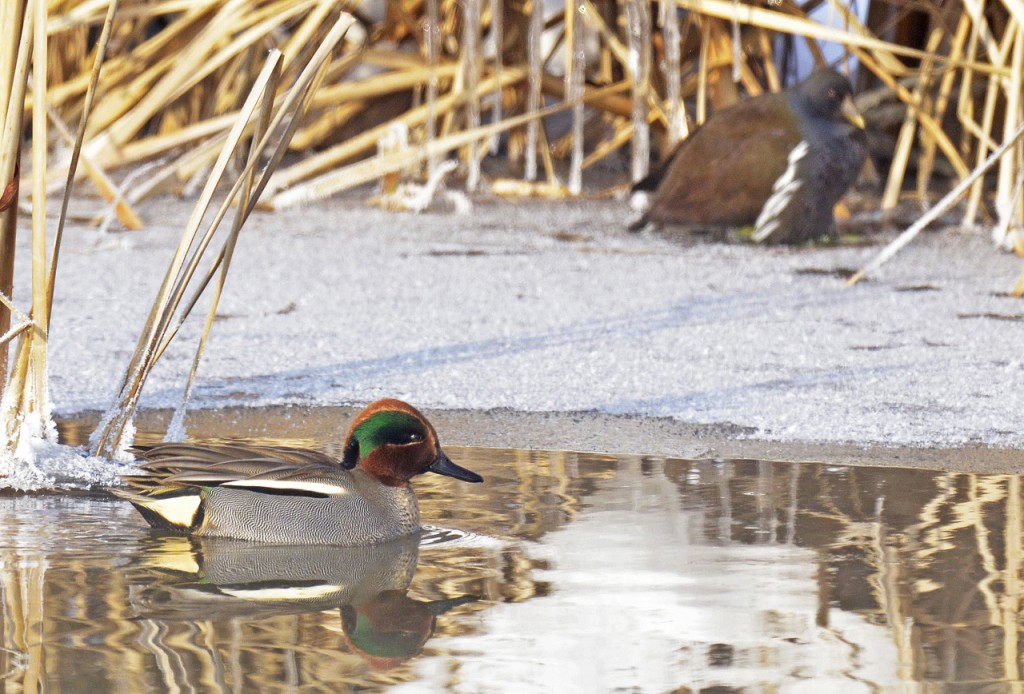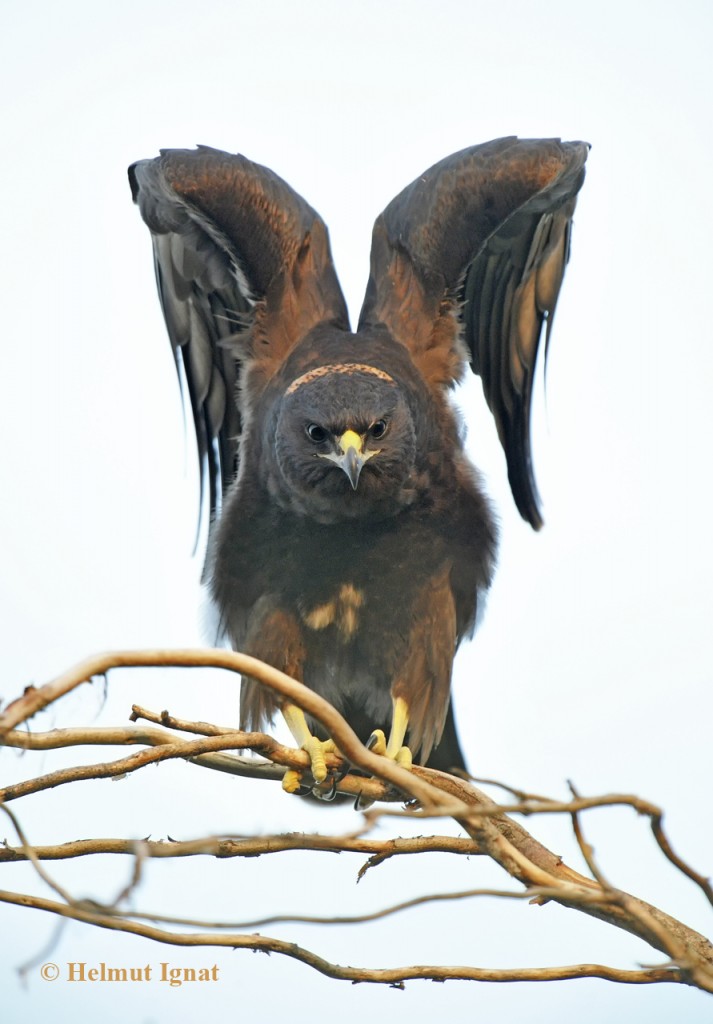Biodiversity
Flora
Văcărești Natural Park is the last patch of a larger area with vegetation specific to wetlands, where some rare species have been observed, such as: Menyanthes trifoliata, a relict species; Lindernia procumbens, a species of community interest or Wolffia arrhiza, a very rare species, threatened at national level. Currently, the floristic inventory of the park counts 101 taxa.
According to the description of habitats of Romania, the following communities have been identified:
R2202 Danubian communities with Lemna minor, Lemna trisulca, Spirodella polyrhiza and Wolffia arrhiza (corresponding to Natura 2000 habitat code 3150);
R5305 Danubian communities with Typha angustifolia and Typha latifolia;
R8704 Anthropic communities with Polygonum aviculare, Lolium perenne, Sclerochloa dura and Plantago major;
R8703 Anthropic communities with Agropyron repens, Arctium lappa, Artemisia annua, Ballota nigra;
The willow (Salix alba, Salix fragilis and Salix cinerea), the poplar (Populus sp.) and the silver berry (Elaeagnus angustifolia) are the predominant native arborescent species. Exotic species, such as: the tree of heaven (Ailanthus altissima), the green ash (Fraxinus pennsylvanica), the Siberian elm (Ulmus pumilla) or fruit tree species, such as: cherry plum (Prunus cerasifera), white mulberry (Morus alba) or walnut tree (Juglans regia) are also common encounters throughout the park.
The honey locust (Gleditsia triacanthos), the dog rose (Rosa canina), howthorn (Crataegus monogyna), the elderberry (Sambucus sp.), blackberry (Rubus fruticosus) etc. are widely distributed shrubs.
Fauna
The fauna of the park is defined by an extraordinary resilience, the existing species reconquering the area during the last 25 years, after the works at the retention pond have been abandoned. The representatives of several groups of animals (mammals, birds, reptiles, amphibians, fishes, insects) form, together with the floristic communities, a healthy ecosystem that covers all levels of the food chain.
The current data comprise representatives of 6 orders of insects: Odonata, Orthoptera, Mantodea, Heteroptera, Coleoptera and Hymenoptera. A new species for the fauna of Romania, Tetramesa variae, and other three new species for the southern part of the country (Tetramesa cereipes, Bruchophagus astragali and Systole tuonela) have been identified here.
The vertebrates are represented by:
- fishes;
- amphibians, out of which the Great crested newt (Triturus cristatus), European tree frog (Hyla orientalis) and the fire-bellied toad (Bombina bombina), all strictly protected in Romania);
- reptiles, out of which the European pond turtle (Emys orbicularis), sand lizard (Lacerta agilis), green lizard (Lacerta viridis) and dice snake (Natrix tessellata), all strictly protected;
- birds (138 species spotted so far, and counting), most of them protected at national and international level: the mute swan (Cygnus olor), the mallard (Anas platyrhynchos), the whiskered tern (Chlidonias hybridus), the ferruginous duck (Aythya nyroca), the pygmy cormorant (Microcarbo pygmeus), the black-crowned night heron (Nycticorax nycticorax), the great crested grebe (Podiceps cristatus), the Eurasian coot (Fulica atra), the common moorhen (Gallinula chloropus), the black-headed gull (Chroicocephalus ridibundus), the Eurasian hobby (Falco subbuteo), the marsh harrier (Circus aeruginosus), the common kestrel (Falco tinnunculus), the common wood pigeon (Columba palumbus), the Eurasian penduline tit (Remiz pendulinus) etc.;
- mammals, out of which: the otter (Lutra lutra), the fox (Vulpes vulpes), the least weasel (Mustela nivalis) etc.
More information on the biodiversity of the park can be found in the Substantiation study, available here (Romanian only).

